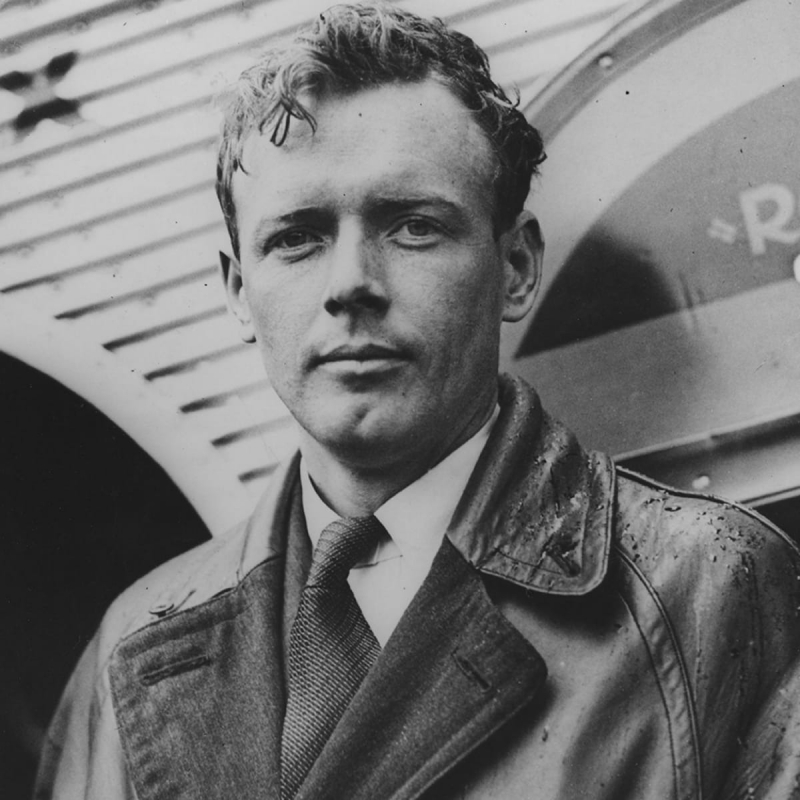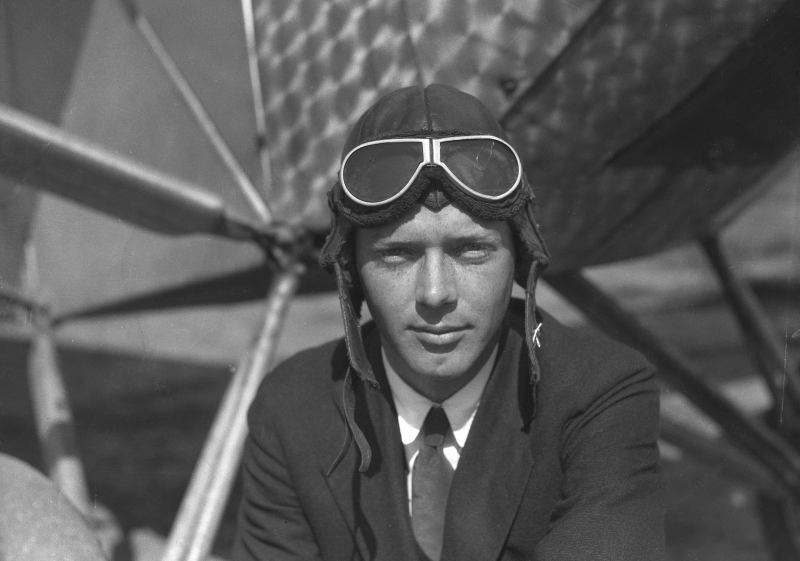He helped invent an early artificial heart
The first "artificial heart" was created in 1935 with the collaboration of Charles A. Lindbergh and Alexis Carrel, a Nobel prize-winning French scientist and surgeon. Although there is a misnomer by today's standards, Lindbergh and Carrel's invention preserved animal organs after they had been removed.
Carrel co-invented a method to preserve tissue, and Lindbergh created a perfusion pump in 1931 that circulated fluid through a section of an animal organ to keep it alive and functional for at least a month without infection. The invention of the pump, which was lauded as medical innovation, paved the door for the creation of the first real artificial organs.
Three vertical glass chambers made up the effective "artificial heart." The organ was kept in an aseptic, or sterilized, a condition in the top chamber. The third or bottom chamber, which served as a reservoir for Carrel's synthetic blood made of oxygen and nitrogen, was connected to the organ's artery by glass tubing. The middle chamber served as a leveler. Charles Lindbergh and Carrel revealed that numerous animals' glands, spleens, livers, hearts, and kidneys had been preserved in June 1935.












